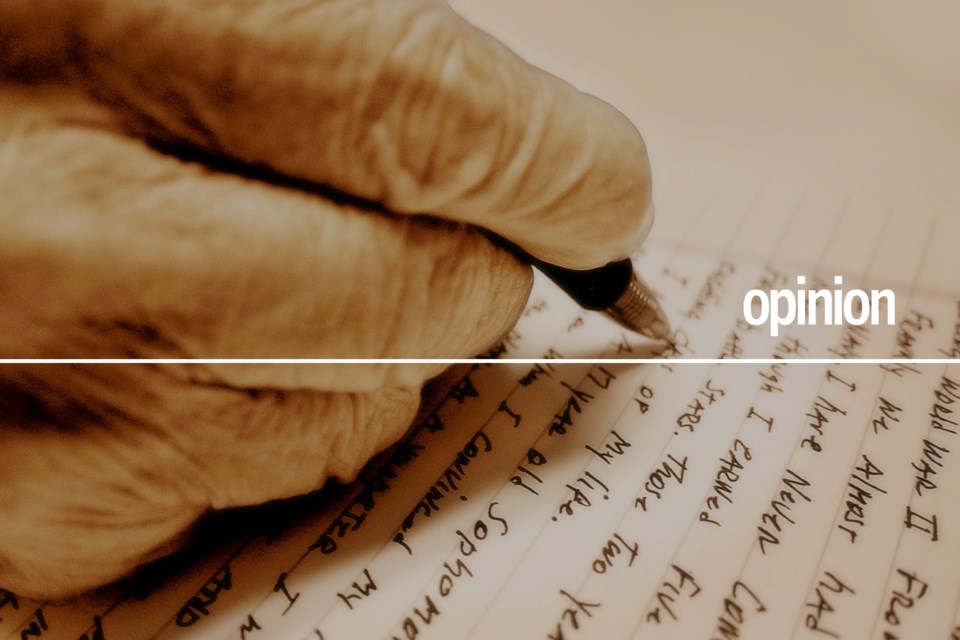It’s Fire Prevention Week, and it seems to me that people are learning some much different ways not to see what they love go up in smoke than the ways we depended more than half a century or more ago. There are different dangers now than then and regarding some of those, I’m truly glad of that, although there definitely could be people out there that are still at risk for those very same hazards.
Take, for example, chimney fires – those were something my childhood home was prone to. We had a coal-fired cookstove and two coal-fired heaters, being that firewood was not plentiful on the bald prairie. All three stoves were connected to the chimney with long lines of stovepipes, all two of the three going through metal ferrules in two walls, the third joined to one of the others with a T-shaped connecting pipe.
Coal, like wood, tends to deposit soot in pipes that run horizontally, more so than in pipes or chimneys that go straight up from a stove or fireplace, and if for some reason you have a roaring fire, and perhaps a loose piece of paper you’ve thrown in the stove with the door open, it can send a flame up there that catches that soot on fire.
My father had a risky habit of taking the lid off the kitchen stove and firing in anything he considered junk mail – with the result that inky black smoke would soon be pouring out of the chimney. The fire was usually just in the stovepipes and Father would shut the damper on the stove to keep the draft from taking the fire any further while Mother would set to soaking old towels in water for him to drape over the stovepipes to cool them down and hopefully stop the fire in its tracks before it got to the chimney. Once the fire had burned itself out in the pipes and the pipes had cooled off, he would dismantle the stovepipes and take them outside to brush out any remaining soot with a device I think he called a flue brush, to fend off recurrences for a while.
Thee worst chimney fire I can recall, however, was through no fault of Father’s, in fact he and tour bachelor neighbour were combining wheat at the far end of the field across the road, out of sight of the yard. Mother was cooking dinner for the men and heard the telltale sounds we knew so well from previous chimney and stovepipe fires and told me to run up the field and get the men. Run, I did, and they headed back to the yard as fast as the John Deere D pulling the combine could travel. By then, the soot in the pipes had burned out and the fire was in the chimney itself and Father had to run up the stairs to the unfinished attic with a bucket of water and dump water down the access hole in the chimney at that level to put out the fire, which fortunately hadn’t reached the top of the chimney to spit out sparks onto the cedar shingled roof.
For some reason, Father always claimed to not worry about stovepipe or chimney fires, claiming that he had “fire insurance on the house and a chair by the door to take out and sit on to watch it burn,” which fortunately never happened.
Well, it did burn, but never from a chimney fire and never while the house was occupied, going up in flames long after he and Mother had both passed away, and when word of its sad end reached me, I somehow envisioned his ghostly figure sitting on a chair watching it crumble to the earth.
We’ve had our own wood stove for more than 40 years now, first in the basement in the valley with one length of pipe and an elbow joining it to the chimney, and in the living room here with one pipe from stove to chimney and have successfully stayed free of chimney fires during that time.
There’s no sweeter or cozier warmth than a wood fire, but stovepipe and chimney maintenance is an absolute must.



